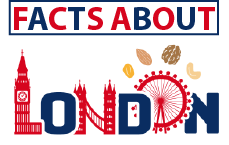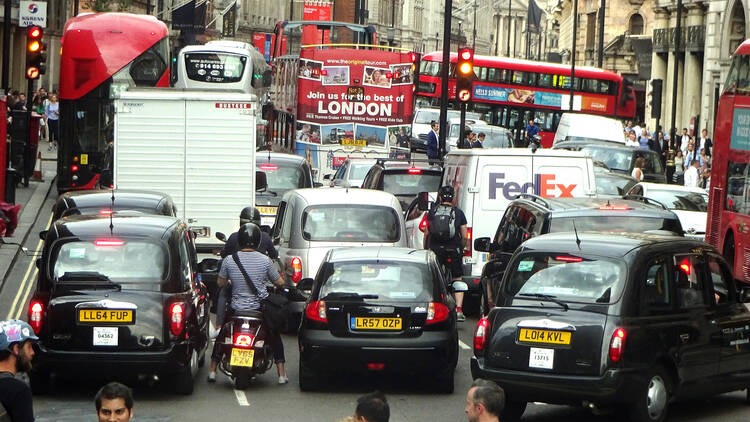London, one of the world’s most bustling and vibrant cities, attracts millions of commuters, tourists, and residents daily. With such a high influx of people, traffic congestion has become a persistent challenge in the city. In this blog post, we’ll delve into the complexities of London’s traffic, examining the causes, impact, and efforts made to address the ever-growing issue.
1. The Challenge of Congestion:
London’s traffic congestion is a significant concern that affects both commuters and businesses. The city’s extensive road network, combined with its population density, contributes to the high volume of vehicles on the streets at any given time. Peak hours, in particular, witness severe gridlocks, causing frustration and delays for commuters.
2. Causes of Traffic Congestion:
Several factors contribute to London’s traffic woes. The city’s historical road layout and narrow streets were not designed to accommodate the modern volume of vehicles. Population growth, an increase in car ownership, and the reliance on delivery vehicles have intensified the problem. Additionally, roadworks, accidents, and adverse weather conditions exacerbate congestion.
3. Impact on Commuters and Businesses:
London’s traffic congestion has significant implications for commuters and businesses alike. Lengthy travel times affect work-life balance and reduce productivity. The cost of fuel and vehicle maintenance can be burdensome for motorists, while businesses face logistical challenges in delivering goods and services on time.
4. Public Transportation and Solutions:
London’s extensive public transportation network, including the iconic Underground and buses, aims to provide alternatives to driving. To tackle congestion, Transport for London (TfL) has implemented various measures, such as the Congestion Charge, which discourages driving in certain areas during peak hours. Additionally, initiatives like bike-sharing schemes promote sustainable travel options.
5. Future Prospects:
As London continues to grow and evolve, innovative solutions are being explored to address traffic congestion. These include improvements to public transportation, the expansion of cycling lanes, and smart city initiatives to optimize traffic flow.
Conclusion:
London’s traffic congestion remains a complex and ever-evolving challenge. The city’s popularity and economic vibrancy attract a constant influx of people, necessitating comprehensive measures to manage traffic effectively. While initiatives such as public transportation and congestion-reducing schemes have shown promise, ongoing efforts are crucial to ensure smoother and more sustainable mobility. By fostering a collaborative approach between residents, authorities, and businesses, London can pave the way for a future where traffic flows more smoothly, allowing both locals and visitors to navigate the city with ease and efficiency.

Author: Jon Tabner
Hi! I’m Jon Tabner, I am a Graphic Designer, Blogger and Marketing Executive in profession. Exploring new things, innovation and designing is my passion. Now working as head of Graphic Designing & Marketing Executive team at Print In London and currently I am based in London. I love using my design knowledge to inspire small businesses to think outside the box when designing their print.

